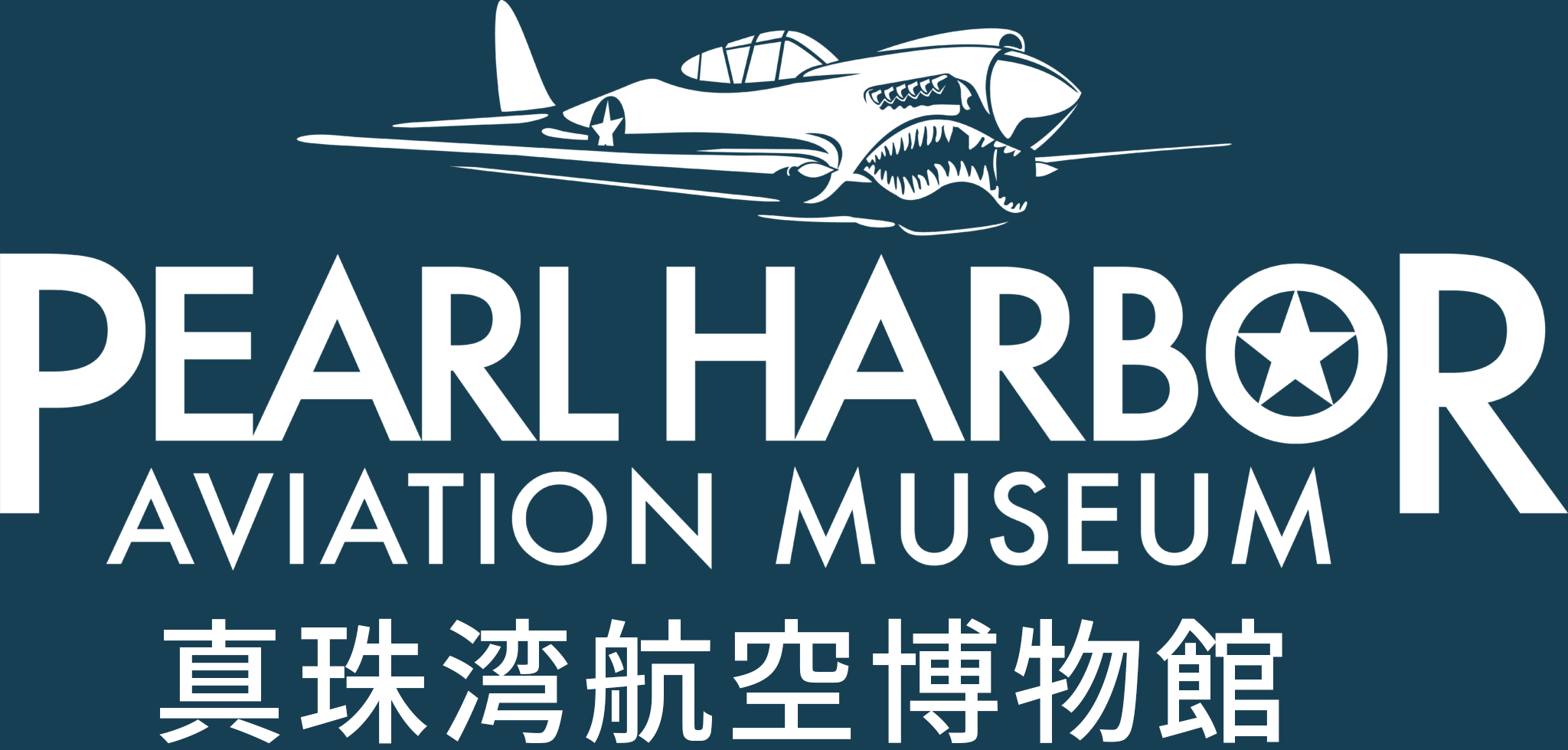
By Mark and Ashleigh Houff, Pearl Harbor Aviation Museum Members and Curatorial Services Volunteers
Ashleigh Houff
If I were to pinpoint one common denominator for all the places my family has lived in my 21 years, it would be aerospace museums. No matter where we end up—even when we were stationed overseas—my dad, Mark, always manages to stumble across an amazing museum at which we end up investing a good bit of our time. Naturally, visiting these amazing collections of aviation history often leads to museum memberships and volunteer service mostly along the east coast and now, in the Pacific. In the past, I may have wrinkled my nose at the prospect of visiting yet another aviation museum, but after discovering my passion both for library and archival sciences and aerospace during high school, volunteering at museums has been a great way for me to gain experience in what I hope will one day be a part of my career.
Since our move to Honolulu, volunteering at Pearl Harbor Aviation Museum also has given me and my dad a chance to bond over shared interests. In fact, we spent a few days of my last winter break cataloging books in the Museum’s library. It was the epitome of what makes volunteering so great: Doing good for something I love with the people I love.
Mark Houff
Ashleigh has related how our love of aerospace museums and membership at Pearl Harbor Aviation Museum led us to connect as volunteers with Rod Bengston and Alexis Stallings in the Curatorial Department. During the library-cataloging project, it was amazing to see and touch first edition books signed by historical figures, such as Fleet Admiral Chester Nimitz, Colonel Gregory “Pappy” Boyington, and Colonel Paul Tibbets. This curatorial project also allowed me—guided by Rod and Alexis—to springboard into the Museum’s December 7, 1941, project (see the Spring 2020 NOTAM for details). Specifically, they supported me in researching the few U.S. Army Air Force and U.S. Navy pilots who responded to the Japanese attack on Oahu and, in some cases, engaged Japanese warplanes. The Museum will expand its existing displays on Second Lieutenants Taylor and Welch, who flew their P-40s from Haleiwa against the Japanese, to profile other pilots and Hawaii residents who were involved in combat on December 7, 1941. Some of these individuals, such as LT Clarence Dickinson, USN,—winner of three Navy Crosses—went on to have distinguished careers in World War II (and beyond) and others, such as Second Lieutenant Gordon Sterling, USAAF, tragically didn’t survive that morning.
The excitement of volunteering on these projects also opened further opportunities for us through an invitation to work on the Museum’s planned exhibits on Hawaii’s military heritage during World War II. We’ve begun working with local military historians and the Naval History and Heritage Command to gather documentation on the construction of military facilities on Maui including NAS Kahului and Puunene, which were among the largest U.S. Naval Aviation facilities built during the war.
Through my job at the U.S. Indo-Pacific Command, I was also privileged to work as a planner with both Pearl Harbor Aviation Museum and the Hawaii State Committee for the 75th Commemoration of the End of World War II to provide military support for multiple commemorative events, which occurred on Oahu from August 29–September 2, 2020. These events drew the attention of people and countries throughout the world to Hawaii as we celebrated the peace that was gained at the end of WWII. As a nation, we continue to honor the men and women who answered the call of duty to serve during WWII and in the decades since.
If you are interested in volunteering at Pearl Harbor Aviation Museum, please click here.
*Mark Houff has become even more involved with the Museum since this article was published and now supports the Museum’s facilities department, managing major capital projects and other facilities initiatives.
